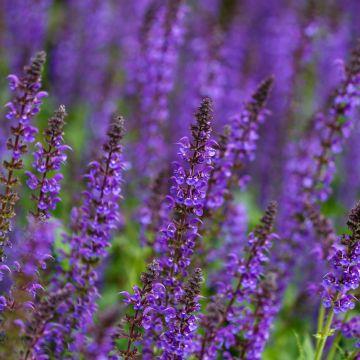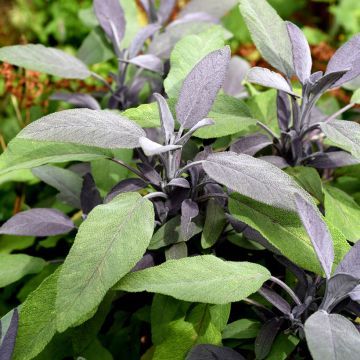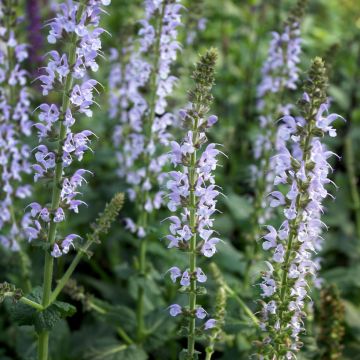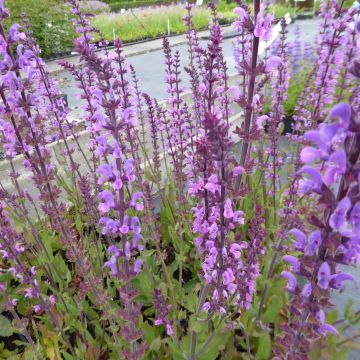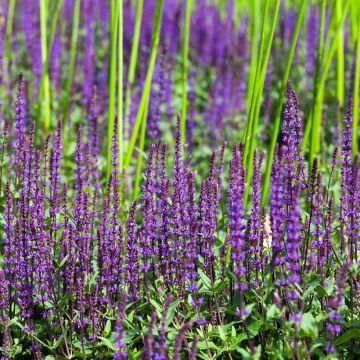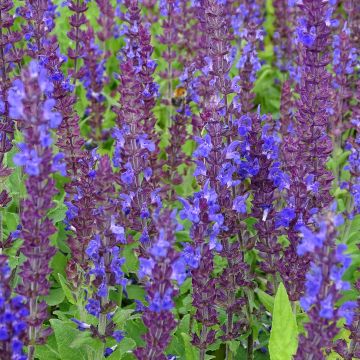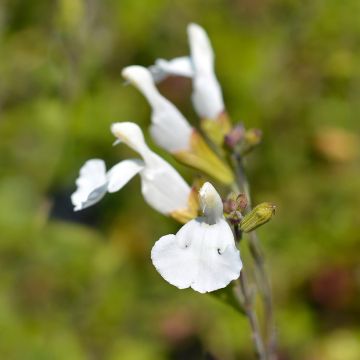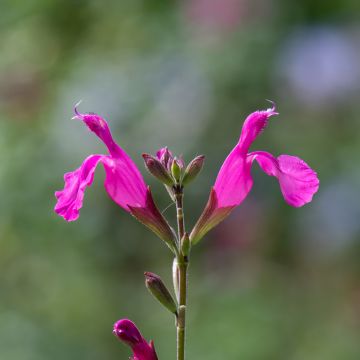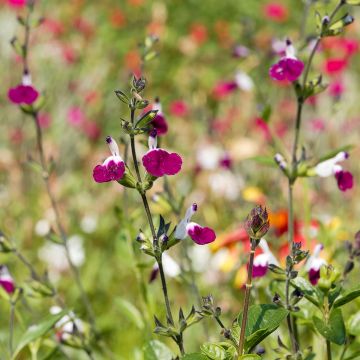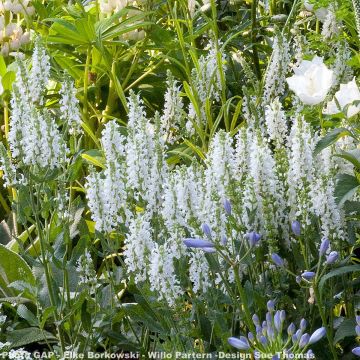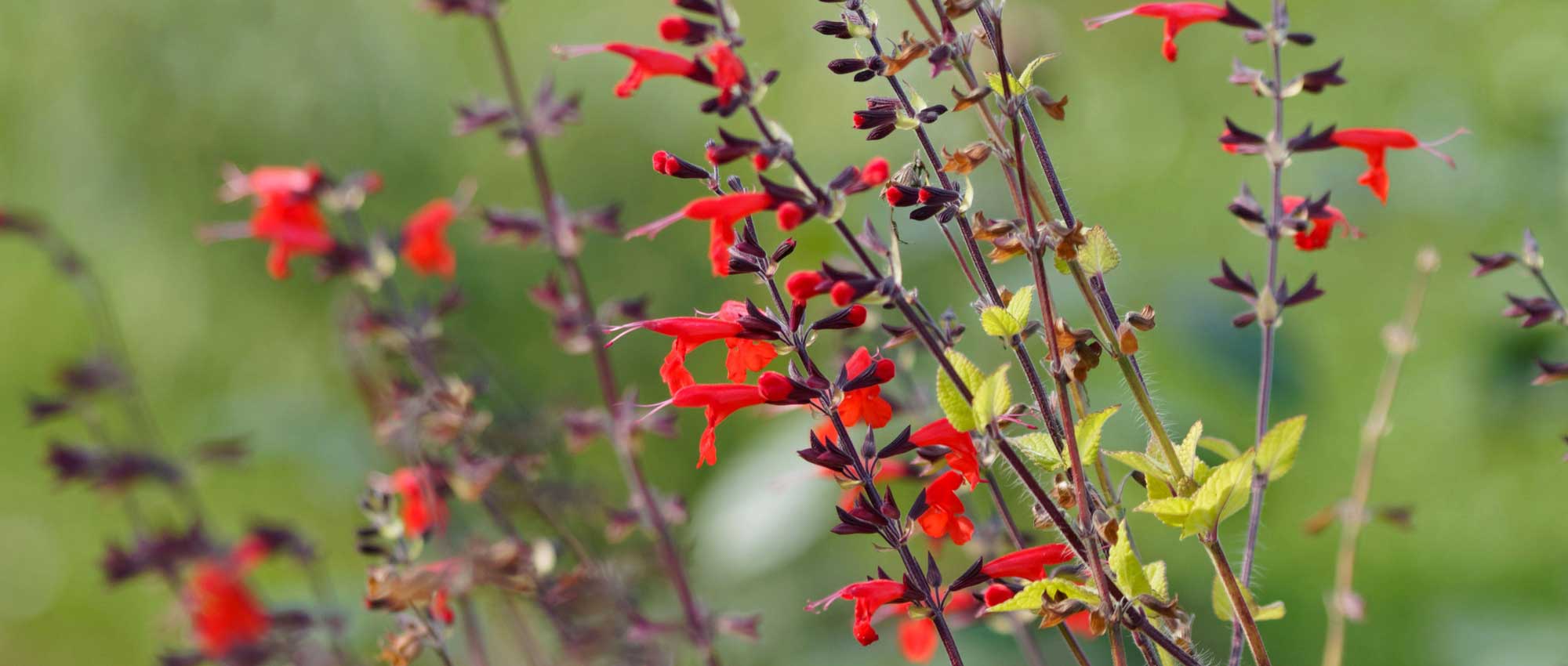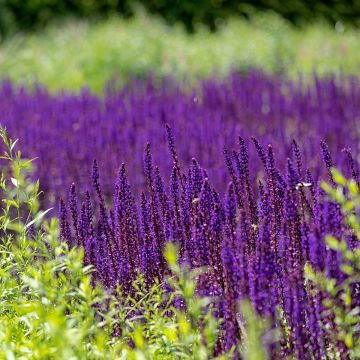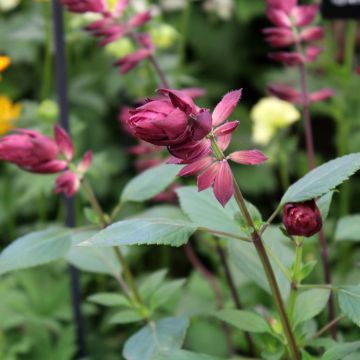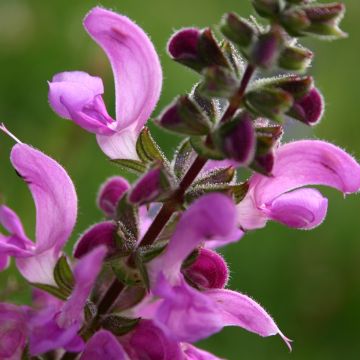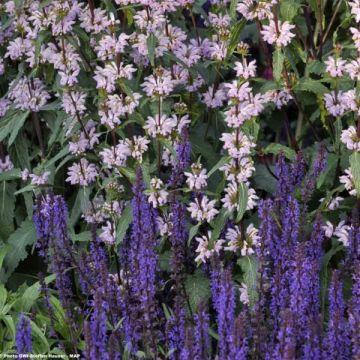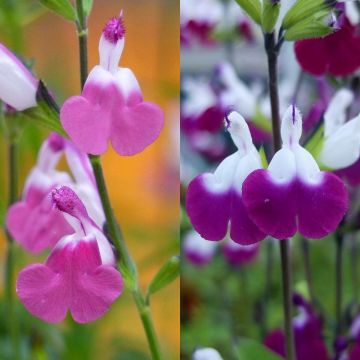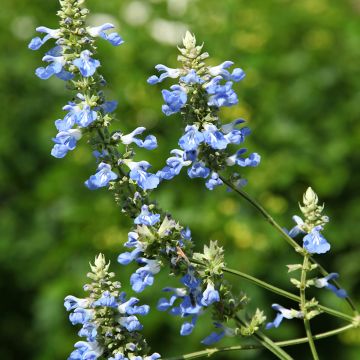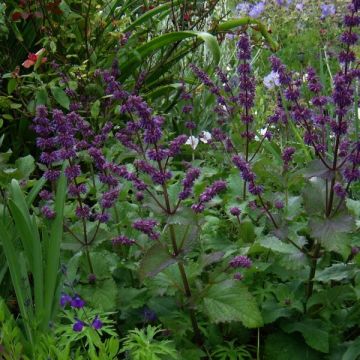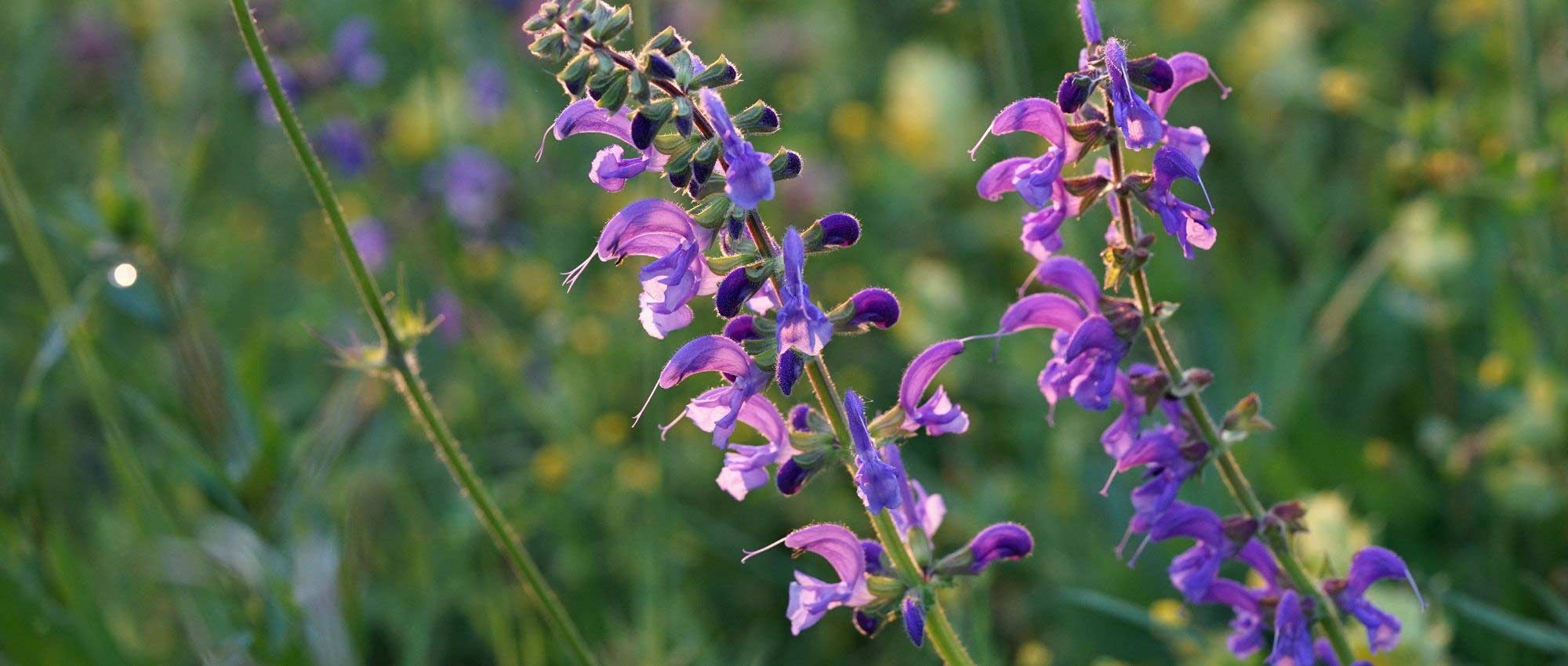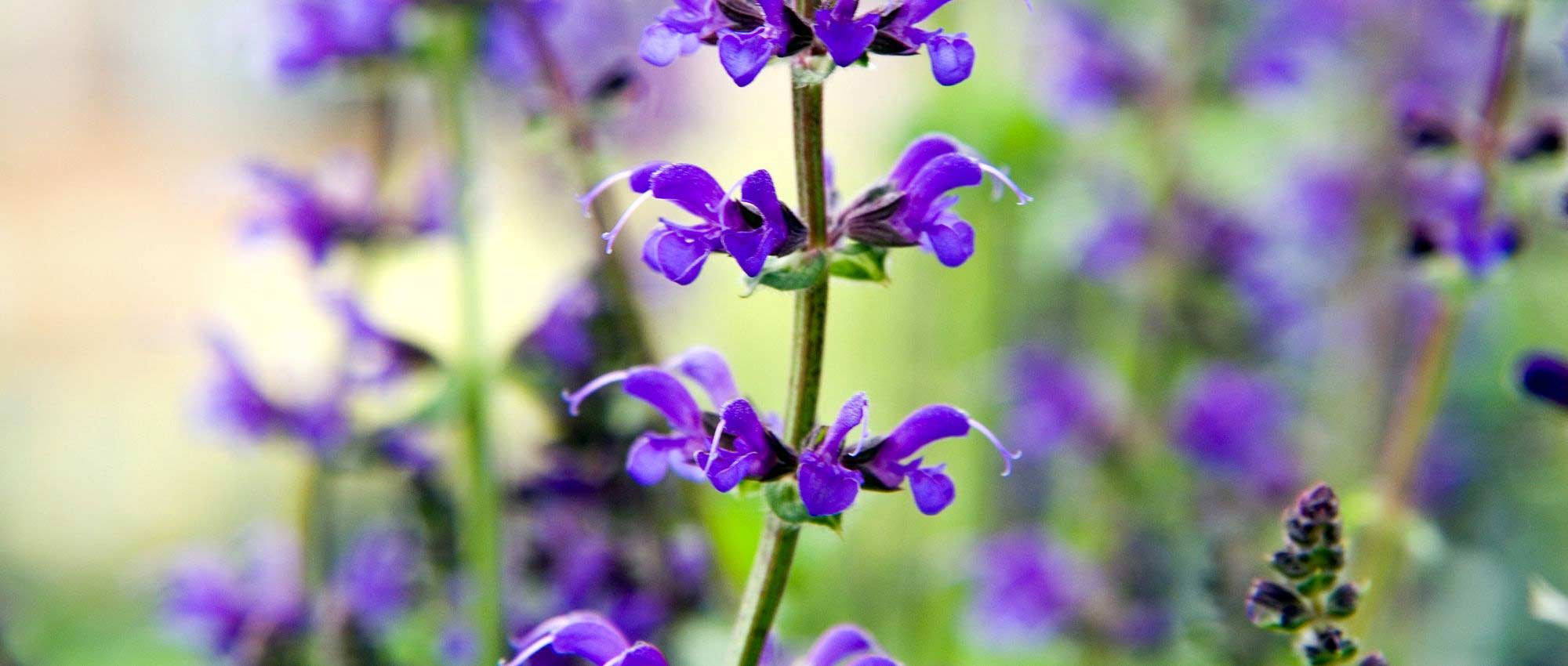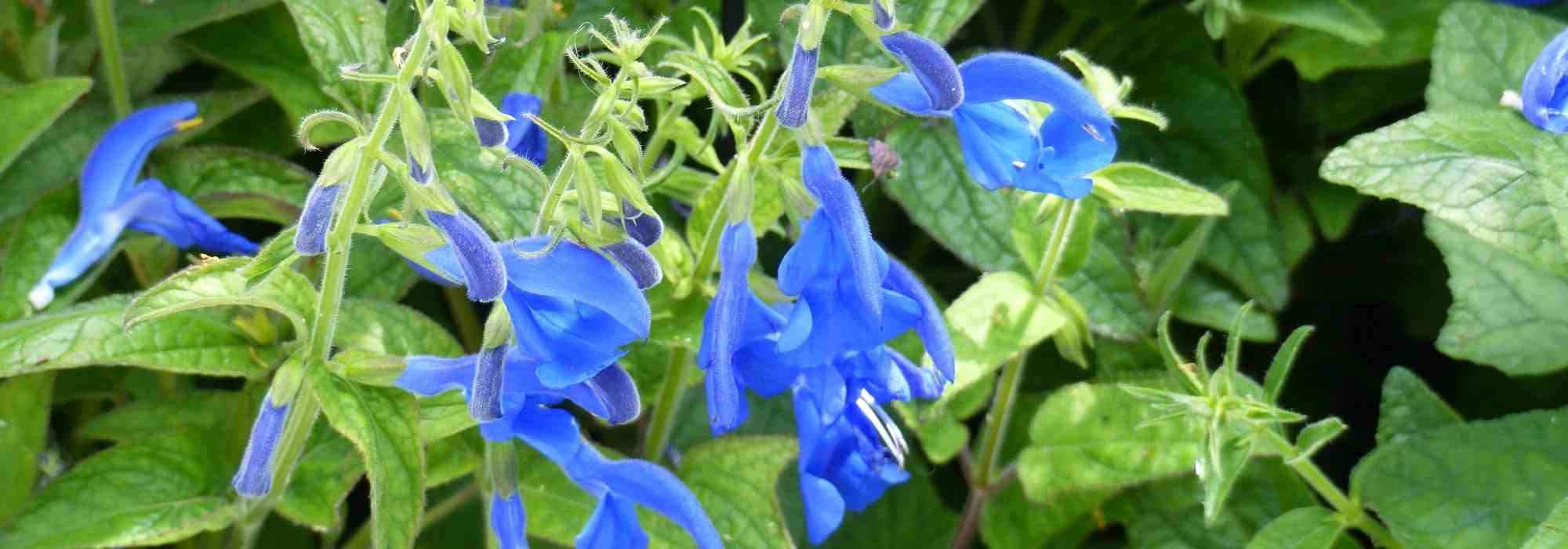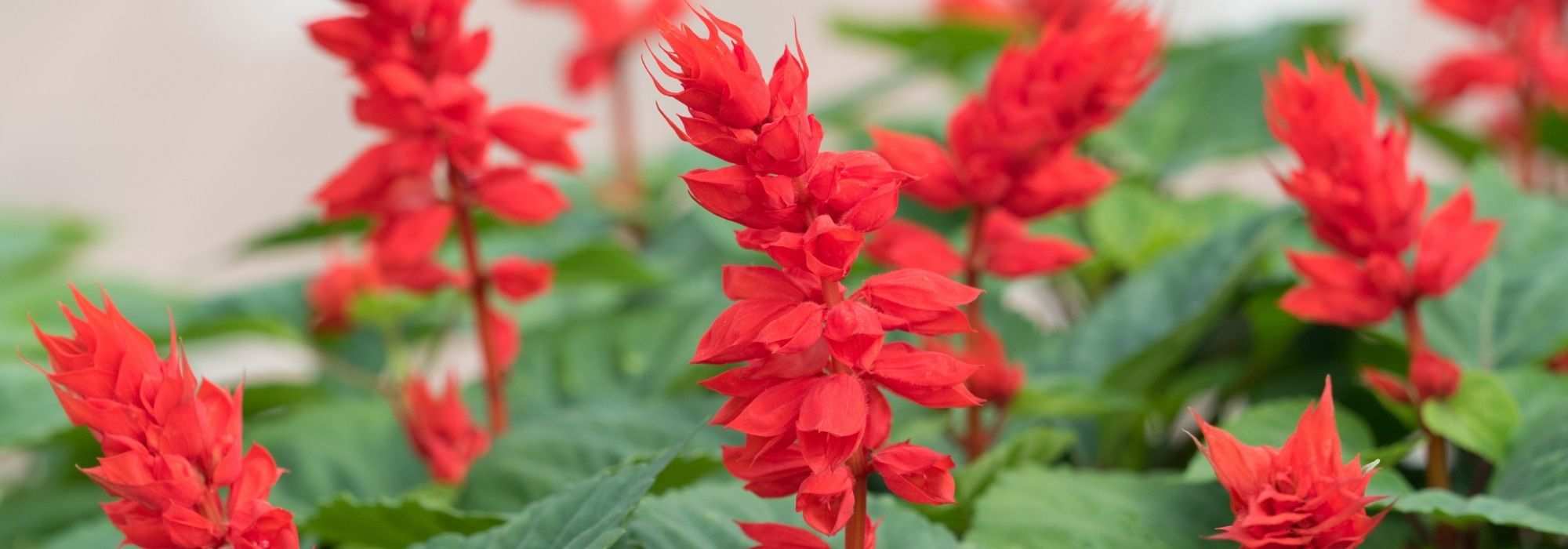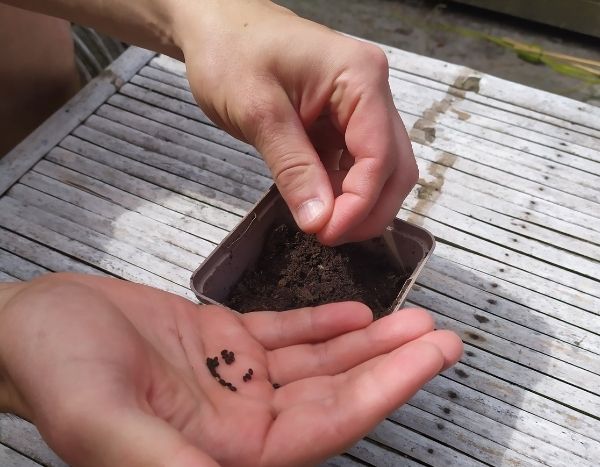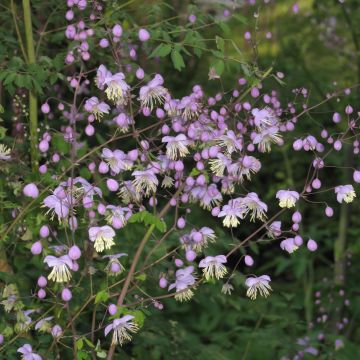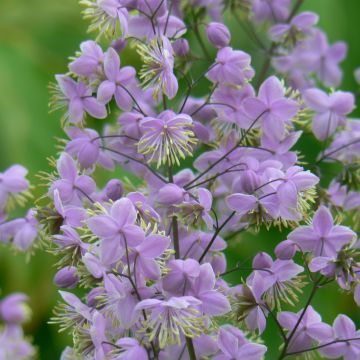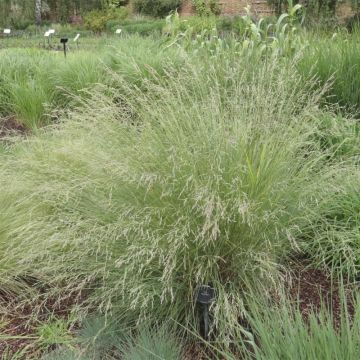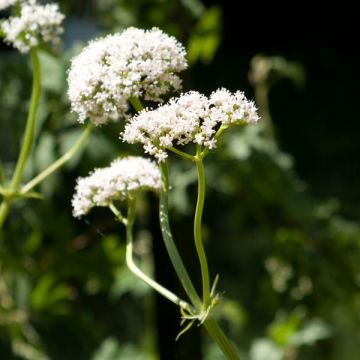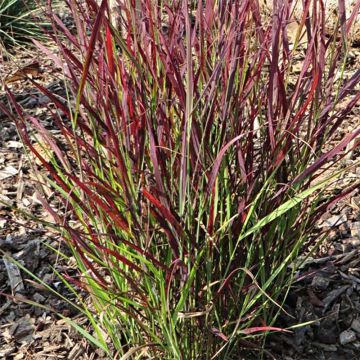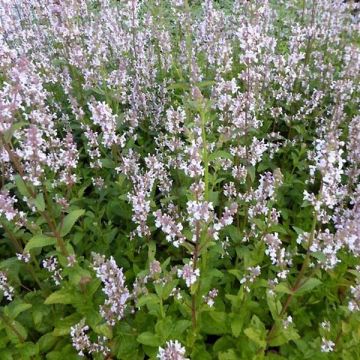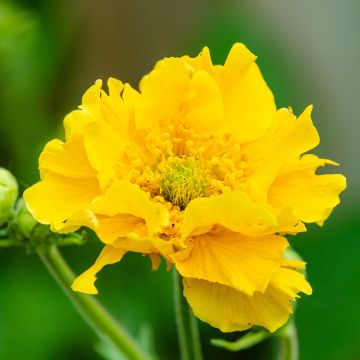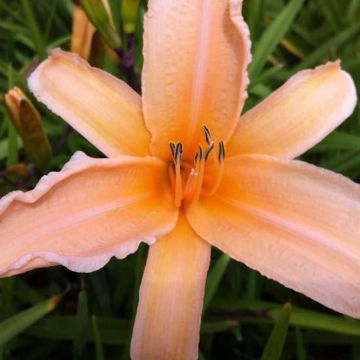

Salvia cacaliifolia
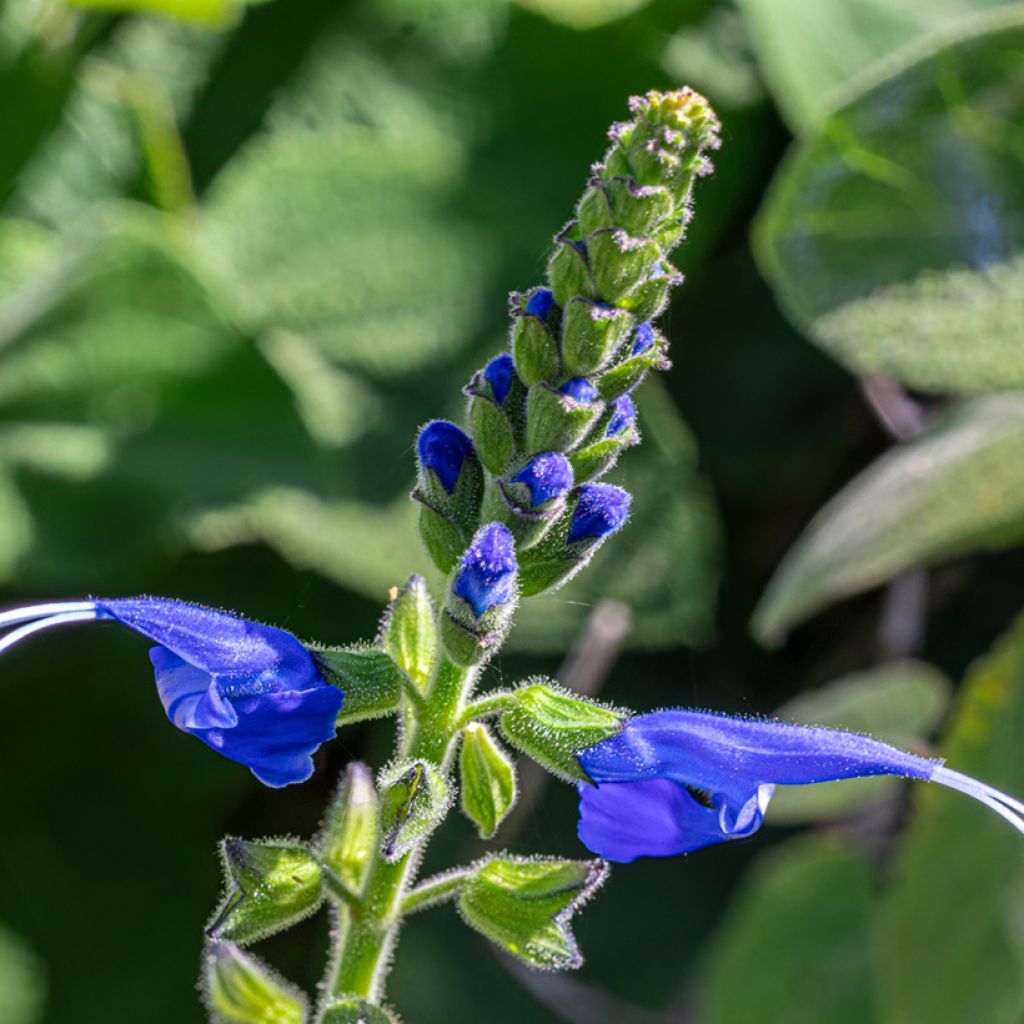

Salvia cacaliifolia
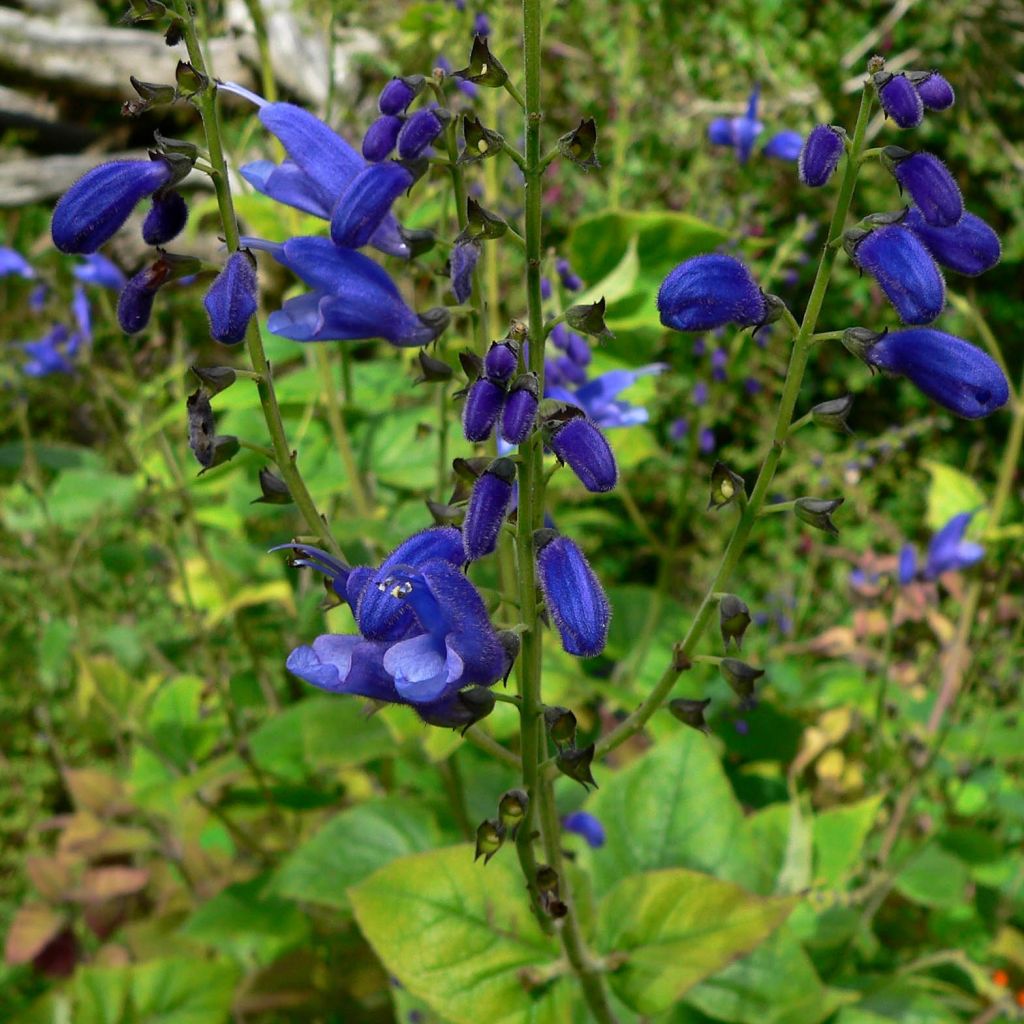

Salvia cacaliifolia
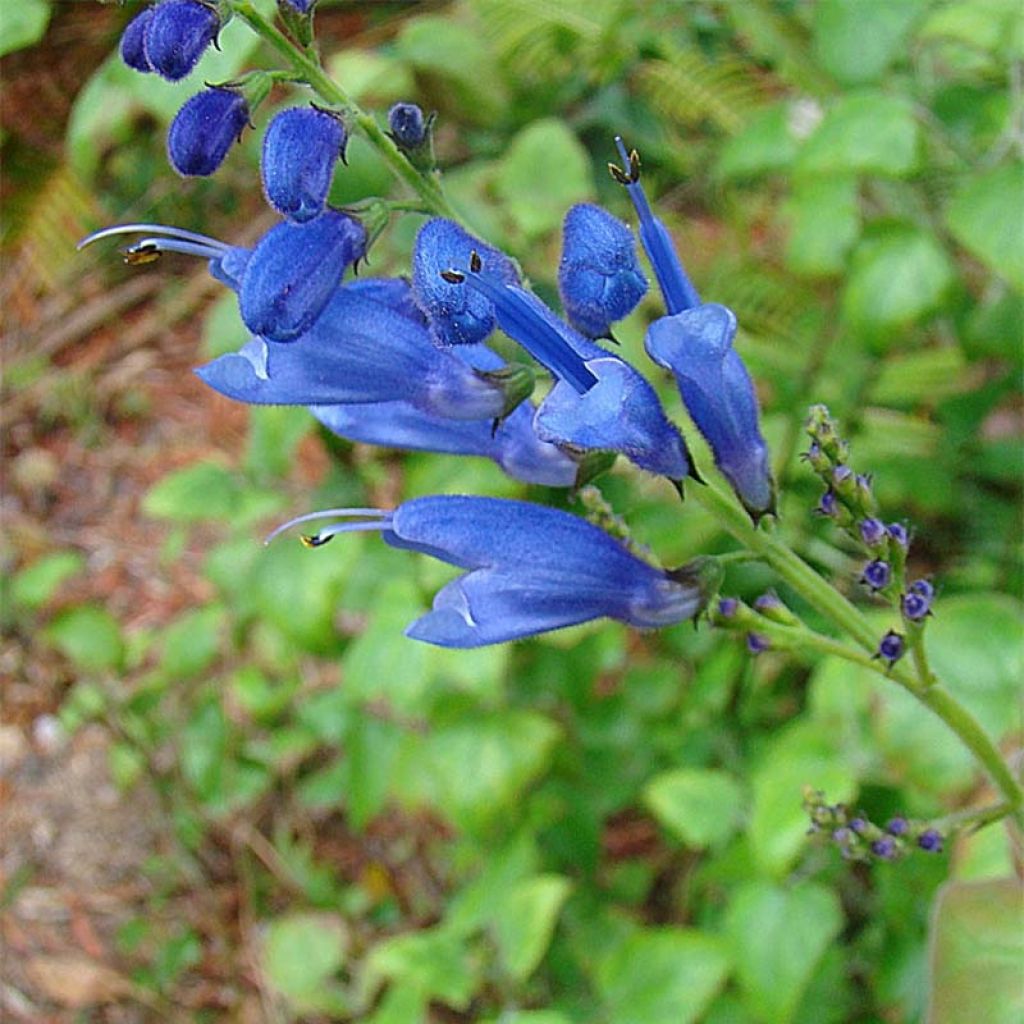

Salvia cacaliifolia
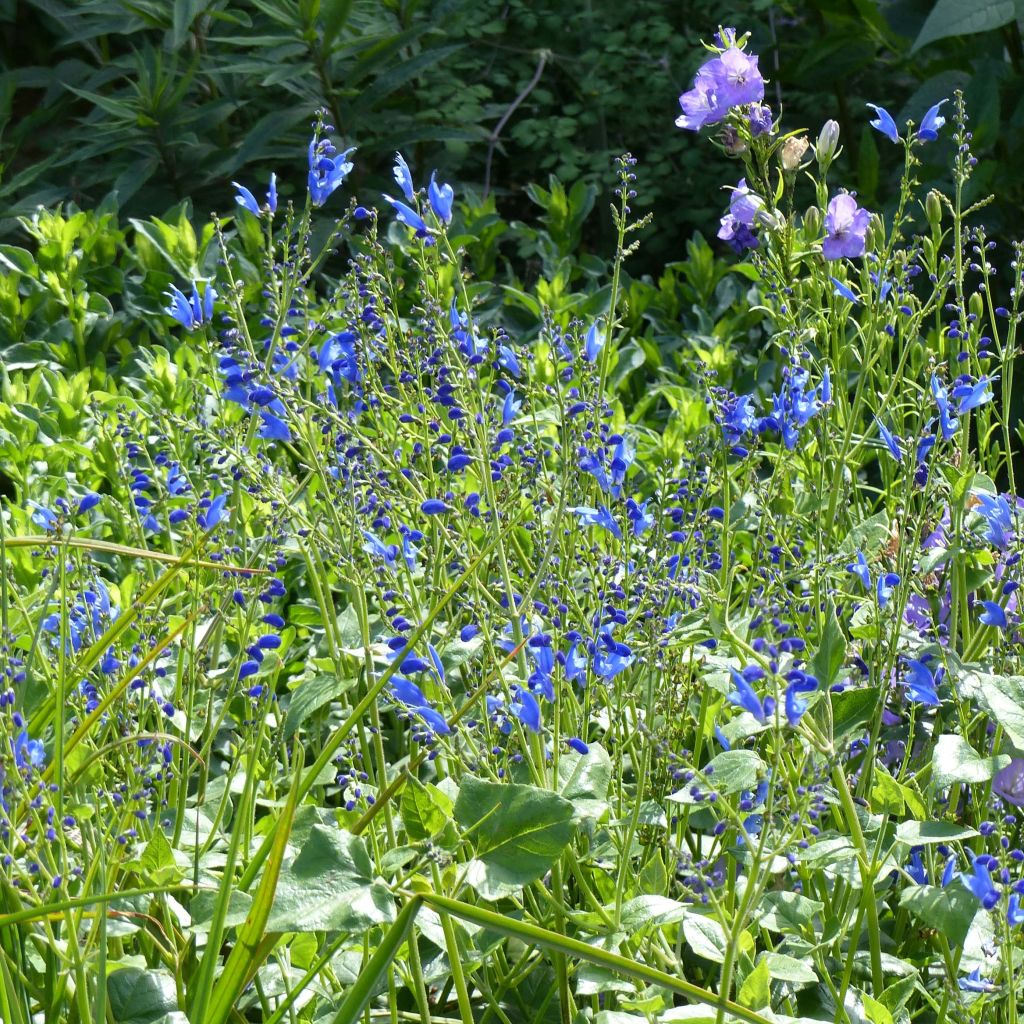

Salvia cacaliifolia
Salvia cacaliifolia
Salvia cacaliifolia
Blue Vine Sage, Guatemalan Sage
Special offer!
Receive a €20 voucher for any order over €90 (excluding delivery costs, credit notes, and plastic-free options)!
1- Add your favorite plants to your cart.
2- Once you have reached €90, confirm your order (you can even choose the delivery date!).
3- As soon as your order is shipped, you will receive an email containing your voucher code, valid for 3 months (90 days).
Your voucher is unique and can only be used once, for any order with a minimum value of €20, excluding delivery costs.
Can be combined with other current offers, non-divisible and non-refundable.
Why not try an alternative variety in stock?
View all →This plant carries a 6 months recovery warranty
More information
We guarantee the quality of our plants for a full growing cycle, and will replace at our expense any plant that fails to recover under normal climatic and planting conditions.
Would this plant suit my garden?
Set up your Plantfit profile →
Description
Salvia cacaliifolia (synonym S. cacaeliifolia), also known as Guatamalan-leaved Sage, is a botanical species native to southern Mexico, Guatemala, and Honduras where it grows at medium altitudes. This perennial plant, woody at the base, forms a bushy clump composed of leafy stems that bear long spikes of beautiful gentian blue flowers that last late into the season. This beautiful sage is quite easy to grow but a bit tender. It will make a big impact in a large pot on the terrace, to be overwintered frost-free, or in a bed in a coastal garden.
Salvia cacaliifolia belongs to the lamiaceae or labiate family. This plant eventually forms a bushy clump composed of woody stems at the base, bearing large triangular leaves (3 to 7 cm (1 to 3in)) of a beautiful acidic to medium green, shiny on the upper side and more or less evergreen in winter. It will reach about 60 cm (24in) in all directions. Its nectar-rich flowering generally begins in June, earlier or later depending on the climate, and continues until the first frosts with branched, upright flower spikes of about 40 cm (16in). The flowers are composed of two very elongated lips, gentian blue in colour and slightly lighter on the lower lip. A rare shade, visible from afar. The base of each flower is enclosed in a dark calyx. The hardiness of the crown does not exceed -3 to -4 °C, in a protected position and in dry soil during the winter. Cold destroys the above-ground parts of the plant, but vegetation regrows from the ground the following year.
Guatamalan-leaved Sage will delight collectors. It is a beautiful plant for beds in coastal gardens, away from salt spray. In mild climates, it can accompany sturdy perennial plants or bushes, such as Salvia grahamii, Gaura, or a pink coneflower. Tall sedums (Sedum 'Matrona'), shrubby potentillas, and tall bushy asters for autumn (Aster turbinellus, Aster Laevis, Kalimeris mongolica) will also create a charming scene alongside it. On the terrace, place it in a very large pot, so that it can be stored away from heavy frost in winter.
Salvia cacaliifolia in pictures




Flowering
Foliage
Plant habit
Botanical data
Salvia
cacaliifolia
Lamiaceae
Blue Vine Sage, Guatemalan Sage
Central America
Other Salvia - Sage
View all →Planting and care
Plant Salvia cacaliifolia after spring frosts, in open ground in the mildest regions, or in a pot elsewhere, it in deep, humus-rich, light, rather fertile soil that remains slightly moist in summer. This plant thrives in sunny or even partially shaded situations, sheltered from strong winds. In poor soil, incorporate a little well-rotted compost or leaf mold. It tolerates container cultivation well. This cultivation method will allow most continental gardeners to store it away.
Pot cultivation:
Salvia cacaliifolia should be placed in full sun from May onwards and stored in a cool, frost-free location in autumn. A well-ventilated position is important for the health of the foliage, which must be able to dry quickly. The plant can be prone to attacks from scale insects indoors or in a greenhouse. During the winter period, reduce watering. Severely prune back the vegetation in spring.
In milder regions outdoor cultivation is possible. The soil should remain moist in summer, and the plant should be watered frequently during the growing season. Be careful not to expose the plant to direct sea spray. Prune it back in autumn and protect the crown to prevent the plant from being affected by cold and wet.
Planting period
Intended location
Care
Planting & care advice
This item has not been reviewed yet - be the first to leave a review about it.
Similar products
Haven't found what you were looking for?
Hardiness is the lowest winter temperature a plant can endure without suffering serious damage or even dying. However, hardiness is affected by location (a sheltered area, such as a patio), protection (winter cover) and soil type (hardiness is improved by well-drained soil).

Photo Sharing Terms & Conditions
In order to encourage gardeners to interact and share their experiences, Promesse de fleurs offers various media enabling content to be uploaded onto its Site - in particular via the ‘Photo sharing’ module.
The User agrees to refrain from:
- Posting any content that is illegal, prejudicial, insulting, racist, inciteful to hatred, revisionist, contrary to public decency, that infringes on privacy or on the privacy rights of third parties, in particular the publicity rights of persons and goods, intellectual property rights, or the right to privacy.
- Submitting content on behalf of a third party;
- Impersonate the identity of a third party and/or publish any personal information about a third party;
In general, the User undertakes to refrain from any unethical behaviour.
All Content (in particular text, comments, files, images, photos, videos, creative works, etc.), which may be subject to property or intellectual property rights, image or other private rights, shall remain the property of the User, subject to the limited rights granted by the terms of the licence granted by Promesse de fleurs as stated below. Users are at liberty to publish or not to publish such Content on the Site, notably via the ‘Photo Sharing’ facility, and accept that this Content shall be made public and freely accessible, notably on the Internet.
Users further acknowledge, undertake to have ,and guarantee that they hold all necessary rights and permissions to publish such material on the Site, in particular with regard to the legislation in force pertaining to any privacy, property, intellectual property, image, or contractual rights, or rights of any other nature. By publishing such Content on the Site, Users acknowledge accepting full liability as publishers of the Content within the meaning of the law, and grant Promesse de fleurs, free of charge, an inclusive, worldwide licence for the said Content for the entire duration of its publication, including all reproduction, representation, up/downloading, displaying, performing, transmission, and storage rights.
Users also grant permission for their name to be linked to the Content and accept that this link may not always be made available.
By engaging in posting material, Users consent to their Content becoming automatically accessible on the Internet, in particular on other sites and/or blogs and/or web pages of the Promesse de fleurs site, including in particular social pages and the Promesse de fleurs catalogue.
Users may secure the removal of entrusted content free of charge by issuing a simple request via our contact form.
The flowering period indicated on our website applies to countries and regions located in USDA zone 8 (France, the United Kingdom, Ireland, the Netherlands, etc.)
It will vary according to where you live:
- In zones 9 to 10 (Italy, Spain, Greece, etc.), flowering will occur about 2 to 4 weeks earlier.
- In zones 6 to 7 (Germany, Poland, Slovenia, and lower mountainous regions), flowering will be delayed by 2 to 3 weeks.
- In zone 5 (Central Europe, Scandinavia), blooming will be delayed by 3 to 5 weeks.
In temperate climates, pruning of spring-flowering shrubs (forsythia, spireas, etc.) should be done just after flowering.
Pruning of summer-flowering shrubs (Indian Lilac, Perovskia, etc.) can be done in winter or spring.
In cold regions as well as with frost-sensitive plants, avoid pruning too early when severe frosts may still occur.
The planting period indicated on our website applies to countries and regions located in USDA zone 8 (France, United Kingdom, Ireland, Netherlands).
It will vary according to where you live:
- In Mediterranean zones (Marseille, Madrid, Milan, etc.), autumn and winter are the best planting periods.
- In continental zones (Strasbourg, Munich, Vienna, etc.), delay planting by 2 to 3 weeks in spring and bring it forward by 2 to 4 weeks in autumn.
- In mountainous regions (the Alps, Pyrenees, Carpathians, etc.), it is best to plant in late spring (May-June) or late summer (August-September).
The harvesting period indicated on our website applies to countries and regions in USDA zone 8 (France, England, Ireland, the Netherlands).
In colder areas (Scandinavia, Poland, Austria...) fruit and vegetable harvests are likely to be delayed by 3-4 weeks.
In warmer areas (Italy, Spain, Greece, etc.), harvesting will probably take place earlier, depending on weather conditions.
The sowing periods indicated on our website apply to countries and regions within USDA Zone 8 (France, UK, Ireland, Netherlands).
In colder areas (Scandinavia, Poland, Austria...), delay any outdoor sowing by 3-4 weeks, or sow under glass.
In warmer climes (Italy, Spain, Greece, etc.), bring outdoor sowing forward by a few weeks.






























